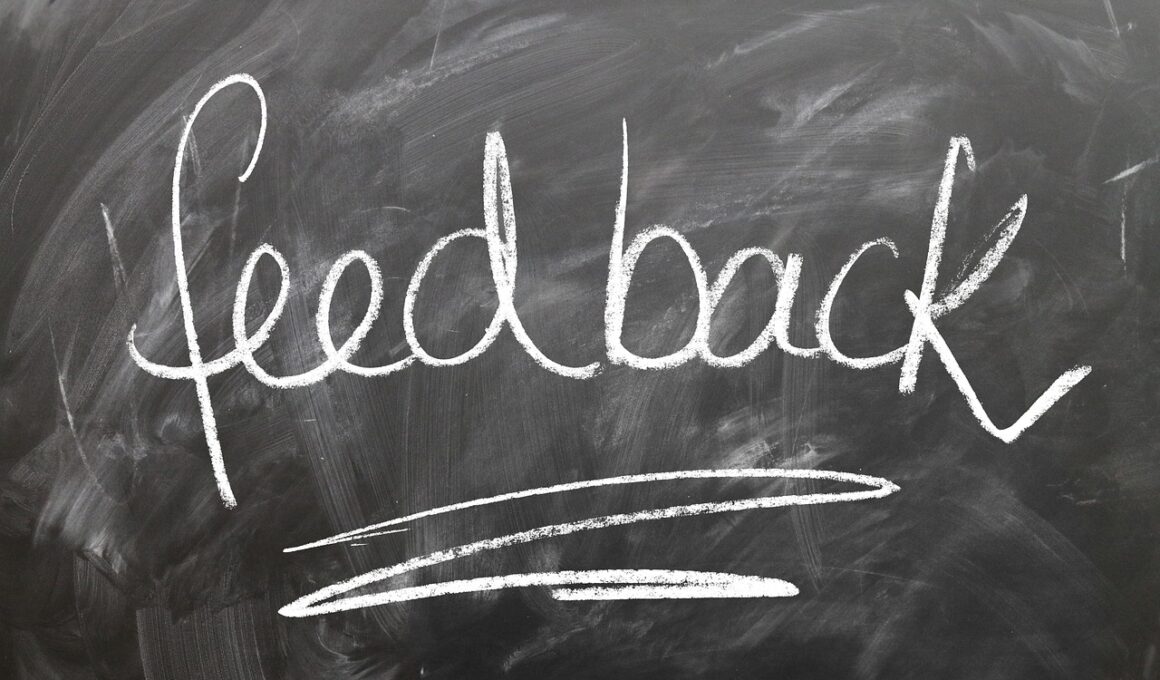How to Build a Support System to Reduce Emotional Posting
Social media platforms provide an exciting, yet challenging environment where emotional postings can sometimes lead to regrettable moments. Building a strong support system is essential for navigating your emotional landscape online. Start by identifying the people who truly understand you and whom you trust completely. This could be close friends, family members, or colleagues who foster a healthy communication style. Additionally, consider creating a dedicated group or chat where you can express your feelings without judgment. Engaging in discussions around emotional experiences can create a sense of connection. Moreover, involve your support group in curbing impulsive behavior. Share your struggles with them and ask for their insights when you face difficult situations. This awareness allows for collective accountability when emotions might urge you to post. Remember that safety on social media starts with how we use it. Be proactive in seeking support during challenging times instead of succumbing to emotional impulses. Always keep lines of communication open. Express intentions behind the need to post as it leads to more meaningful interactions and insightful feedback.
The next step toward reducing emotional postings involves developing a solid emotional awareness. Becoming more conscious of your emotions and their triggers enables you to effectively approach social media interactions. To enhance this, try maintaining a journal to document your feelings. This practice helps in establishing patterns that can or cannot be supportive in your life journey. By recognizing emotional trends, you can better equip yourself when interacting online. When feelings rise, pause: Take a breather before posting content that might not reflect your intentions. Also, consider the impact of your words. Ask yourself questions such as: “Will this post help raise awareness?” or “Is it constructive?” Your individual response greatly influences your followers’ opinions. In moments of vulnerability, provide alternatives to expressing emotions. For example, instead of posting impulsively, reach out to your support group to discuss your feelings privately. This approach can generate understanding and support. By validating your emotions, you strengthen your coping mechanisms, which ultimately helps you manage your social media presence more effectively.
Establishing boundaries is another crucial aspect when it comes to the emotional side of social media. Knowing when to log off or take a break can dramatically improve your mental health. Communicate with your support system about your online preferences. Set specific times to engage with social media, and ensure those sessions are productive and emotionally enabling. You can adopt the practice of turning off notifications during certain hours or silencing comments on emotionally charged subjects. This reduces the pressure to respond immediately, allowing for thoughtful engagement instead of impulsive reactions. Transitioning into a healthier online experience requires discipline and intention. Encourage friends within your support group to do the same, which can create a positive digital environment. Remember, not every emotion needs to be shared publicly online; some experiences are best discussed with trusted confidants in private settings. Inform others of your boundaries and request for their understanding. It fosters stronger connections and reinforces your emotional resilience through collective support.
Leveraging Social Media Tools Wisely
Utilizing social media management tools can also help in keeping emotional expressions in check. There are various applications available to aid you in planning and scheduling posts on multiple platforms. This approach encourages you to think strategically about what and when to share online. By preparing content ahead of time, you minimize the likelihood of impulsive decisions when emotions flare. Allowing sufficient time between the creative process and actual posting provides you with an opportunity to reflect on your thoughts deeply. Use scheduling features to pair emotional posts with supportive resources or enlightening discussions, when appropriate. For example, share an informative article that connects with your emotional experiences, creating meaningful context around your feelings. Additionally, consider the notion of revisiting previous posts before sharing new ones. This retrospective analysis develops a broader understanding of your emotional journey. Ask your support system for feedback or input if you aren’t sure if posting is advisable at any given time. Collectively empowering each other fosters a safer online experience without significant emotional vulnerabilities.
Creating offline support opportunities is equally important. Knowing your social media network is not merely digital can enhance real-life relationships that further bolster your emotional well-being. Organize regular meet-ups with members of your support group. These gatherings allow for in-depth discussions about social media usage and emotional health challenges. Engage in activities that promote genuine connections. Exercise, take classes, or volunteer as a team to strengthen those bonds outside of online environments. You will inevitably create a network that also focuses on accountability. Regular interaction with trusted friends encourages a sense of belonging and reminds you that experiencing emotions is a shared human experience. Ensure discussions during these meet-ups involve emotional topics to build trust and connection. Remember to share challenges faced while posting online. Such openness reinforces the importance of having someone to turn to during uncertain times. The end goal is to nurture a community that cultivates positive emotional experiences while managing social media effectively and responsibly.
The Value of Mindfulness
Incorporating mindfulness practices into your routine can significantly diminish emotional posts. Techniques such as meditation, deep breathing, and yoga help ground you and facilitate emotional regulation. Allocate time daily to engage in mindfulness activities that resonate with you, as these practices can enhance emotional awareness. When you observe emotions arise, practice acknowledging them without immediate judgment. Recognizing emotional states helps you calibrate your online behavior more intentionally. Create a personal ritual whenever you feel upset or compelled to post. For instance, consider taking a walk outdoors before logging onto social media. This reconnection with nature can provide clarity and reduce the compulsion to react emotionally. Engaging in mindful practices often leads to better decision-making as you learn to pause and reflect before acting. Social media can be an excellent outlet for sharing positive experiences, but it should be approached with care during emotional turbulent moments. By practicing mindfulness, you equip yourself with tools to handle pressure and express emotions in a balanced manner, fostering healthier online interactions.
Lastly, remember that accountability lies both within you and your support system. Create agreements among your support group to keep emotions in check. This mutual commitment fosters an environment where everyone feels empowered to express concerns when grievances arise. For those individuals who do post when feeling emotional, the support system should be Matt. Encouraging open discussions about these situations can generate a more significant understanding of each other’s triggers, enhancing respect for individual emotional journeys. Additionally, suggest creating a code phrase or signal indicating when someone needs a break from social media or help processing feelings. This signal serves as a reminder to check in and offer support just at the right moment. Be mindful of the language used during discussions, leaning toward kindness and understanding rather than judgment. This shared responsibility creates a culture of compassion and understanding. Remember that every individual’s emotional experience is valid, and having a support system plays a critical role in enabling self-regulation when it comes to social media interactions. Constructing a fulfilling atmosphere can lead to healthier online practices.
By harmonizing these suggestions into your daily life, you can effectively build a support system geared toward reducing emotional postings on social media platforms. A strong support network, mindfulness practices, and consistent communication with the individuals who know you best can make all the difference. Enhance emotional awareness, set boundaries, and utilize social media tools wisely. Foster in-person connections to reinforce those networks and support one another through life’s ups and downs. Engaging in thoughtful discussions and developing accountability within your support group moves everyone closer to healthier online interactions. Be proactive in managing emotional impulses while utilizing social platforms responsibly. When anxiety arises, use your support group to process those feelings before sharing them publicly. Overall, remember that sharing emotions online can have both positive and negative consequences. The ultimate goal is to enable better online practices while maintaining mental and emotional well-being. As you develop this mindset and apply these strategies, social media will transform into a more supportive space for not just yourself, but also the individuals who are connected within your established community.


